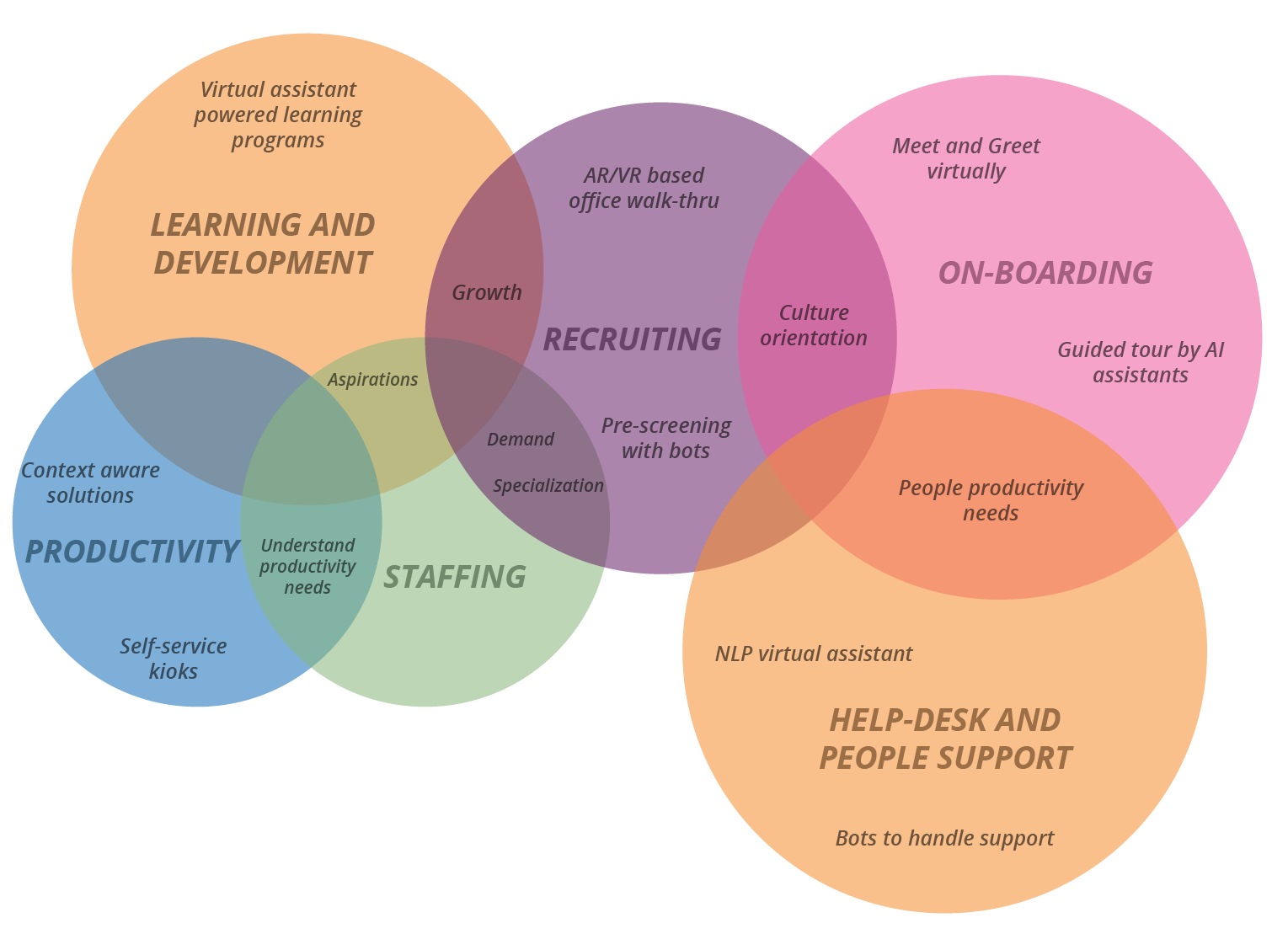Technology strategy
Intelligent Empowerment: The Next Wave of Technology-led Disruption


 Megatrends driving the workplace self-service revolution
Megatrends driving the workplace self-service revolutionDisclaimer: The statements and opinions expressed in this article are those of the author(s) and do not necessarily reflect the positions of Thoughtworks.
